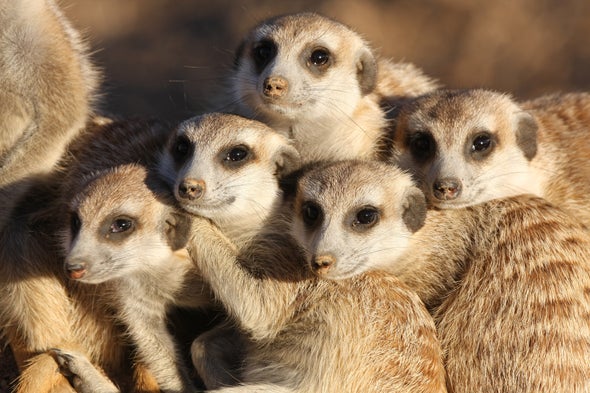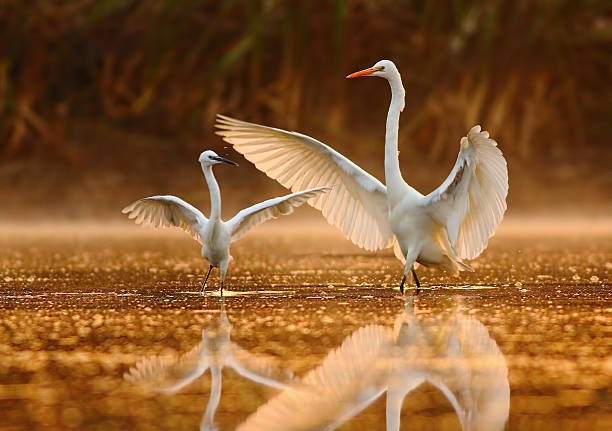Groundhog (Woodchuck)
INTRODUCTION
Hi I am Groundhogs are also referred to as woodchucks or whistle pigs. We are a member of the squirrel family and lowland animal, is exceptional among marmots. Other marmots, such as the yellow-bellied and hoary marmots, live in rocky and mountainous areas we live in aggregations, and their social organization also varies across populations. We far the largest secured in its geographical range, excepting British Columbia where its range may about that of its somewhat larger cousin, the hoary marmo. My incisors are white to ivory-white. We are well-adapted for digging, with powerful, short legs and broad, long claws
- AVG. READING TIME: 6 MINUTES
- UPDATE: 11/13/2022
DIET : Favorite foods include alfalfa, clover, peas, beans, lettuce, broccoli, plantain, and soybeans
HABITAT : Open habitats, including grassland, moor, heath, savanna, fields, scrub
SOCIAL UNIT : Variable
LOCATIONS : Alaska and W. Canada to E. Canada and E. USA
STATUS / POPULATION : Least concern
MAMMALS:
KEY FACTS

SCIENTIFIC CLASSIFICATION
Kingdom – Animalia
Phylum – Chordate
Class – Mammals
Order – Rodentia
Family – Sciuridae
Genus – Marmota
Genus Species – M. monax
INTERESTING FACTS
1- They’re related to squirrels
2- They’re filling in for hedgehogs
3- When they sleep, they really sleep
-
CALLING NAMES / SCIENTIFIC NAME
Calling name: Groundhog
Scientific Name: Marmota monax -
COLOUR VARIATIONS
Brownish-gray to dull brown, to cinnamon-colored
-
LIFE SPAN : CAPTIVITY / WILD
Captivity: Ten or more years years
Wild: Five to six years -
APPROXIMATE SIZE : LENGTH / HEIGHT
Length: 41.5 – 66.5 cm
Height: 22-28 cm -
TAIL
10 – 15.5 cm
-
WEIGHT
3.4 – 4.1 kg
-
MIGRATION
Yes
-
SEX IDENTIFICATION
Both male and female ones look similar
-
BREEDING SEASON
March-May
-
REPRODUCTION / GESTATION PERIOD
Reproduction: 3 years
Gestation period: 32 days -
CLUTCH / LITTER SIZE
4-6 chucklings
-
SIMILAR SPECIES
Marmot
-
LOOK A LIKE
European ground squirrel
-
FARM ANIMAL
Yes
-
FOUNDED IN / DISCOVERED
1758
-
ORIGIN
Lowland creature of North America
-
DISTRIBUTION
Much of the Eastern United States, across Canada and into Alaska
-
OCCURRENCE
Families: Sciuridae
Species: M. monax -
FUEL FOR LIFE / TROPHIC LEVEL
Omnivorous
-
SIGNS / MARKS
Deep holes in your yard
-
PREDATORS
Hawks, foxes, coyotes, bobcats, dogs and humans
-
AVAILABLITY IN ZOO / MUSEUM
Southernmost areas of their natural range do not hibernate
-
TO HUMANS
Echidnas are not dangerous
-
AS A PET
No reccomemded
-
KIDS FAVOURITE
No


